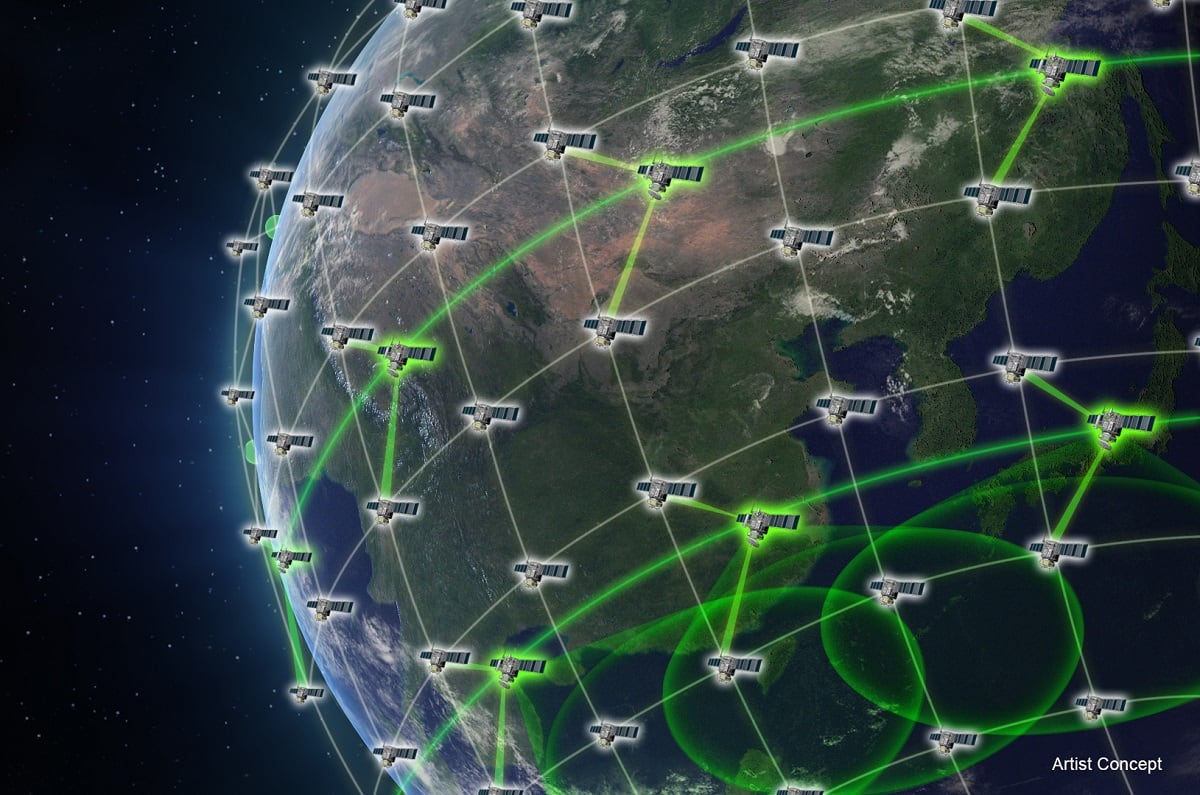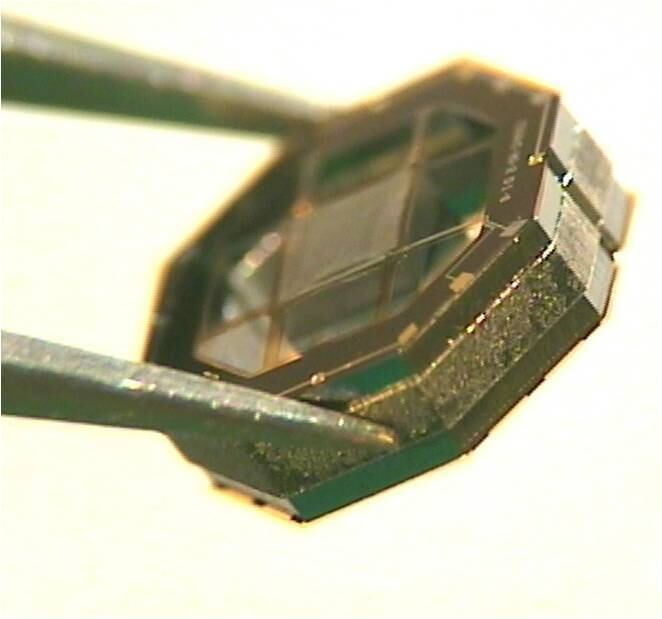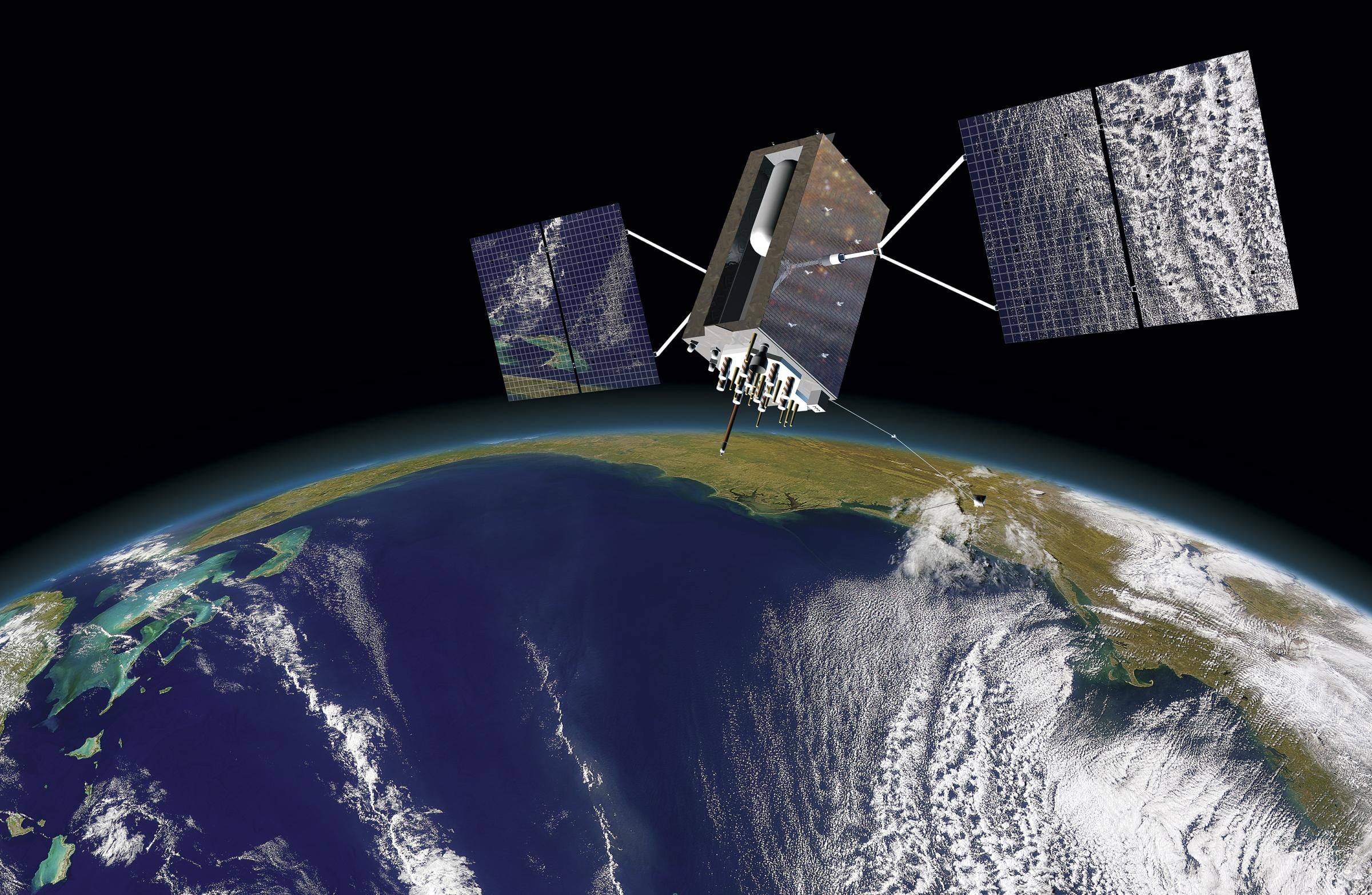President Donald Trump signed a new executive order on position, navigation and timing services Feb. 12, encouraging the development of a resilient PNT infrastructure that isn’t exclusively reliant on the Global Positioning System of satellites.
“It is the policy of the United States to ensure that disruption or manipulation of PNT services does not undermine the reliable and efficient functioning of its critical infrastructure,” the executive order reads. “The Federal Government must increase the nation’s awareness of the extent to which critical infrastructure depends on, or is enhanced by, PNT services, and it must ensure critical infrastructure can withstand disruption or manipulation of PNT services. To this end, the Federal Government shall engage the public and private sectors to identify and promote the responsible use of PNT services.”
GPS technology has become ubiquitous over the decades. Developed by the Air Force as a space-based source of PNT data for the military, the system has also enabled significant economic growth, including in such disparate areas as agriculture, telecommunications, financial services, weather forecasting, the electrical grid and much more. GPS has become so critical that a 30-day GPS outage could result in $35-45 billion in economic losses, according to an RTI International report sponsored by the National Institute of Standards of Technology.
At the same time, the GPS signal has become a popular target for jamming and spoofing by adversaries hoping to take away the United States’ information advantage.
RELATED

“Yesterday’s Executive Order signals that the U.S. is taking steps to mitigate the threat of disruption to critical infrastructure that relies on PNT services,” Kevin Coggins, a Booz Allen Hamilton vice president and a former U.S. Army official who oversaw GPS resilience, said in a statement. “This is an important step forward for our national security because the Global Positioning System is among the world’s most-used utilities, yet it is increasingly vulnerable to disruption and cyberattack.”
As part of its efforts, the government will develop PNT profiles meant to describe the responsible use of PNT services, highlight systems dependent on PNT, and detect disruptions or even manipulation of those services. In order to build those profiles, the government plans to test the vulnerabilities of critical infrastructure to a disruption of GPS or other PNT services.
The policy also calls for the White House’s Office of Science and Technology Policy to create a national plan to develop other PNT services independent of GPS or other global navigation satellite systems, such as the European Union’s Galileo system. The plan, which will be updated every four years, will also look into how the United States can utilize multiple PNT sources to make its critical infrastructure more resilient.
RELATED

Additionally, the executive order requires the Secretary of Commerce to provide a public source of Coordinated Universal Time that is independent of any global navigation satellite system.
“Today's Executive Order represents a crucial next step in ongoing efforts to maintain the security, robustness, and redundancy of PNT capabilities, including GPS, that millions of Americans rely on every day. (The GPS Innovation Alliance) looks forward to working with key government stakeholders to support the implementation of this effort,” GPS Innovation Alliance executive director J. David Grossman said in a Feb. 12 statement.
While acknowledging that the new policy is an important step forward, Coggins added that there is more work to do to ensure a more resilient PNT infrastructure.
“As a next step, the federal government should consider cross-industry standards that call for system diversity, spectral diversity, and zero-trust architectures. System diversity addresses the dependence on a single system, such as GPS – some PNT alternatives have a dependence on GPS, therefore will fail should GPS become disrupted," he said. "Spectral diversity involves using additional frequencies to carry PNT information – such as in systems using eLORAN or multi-GNSS – rather than just having a single frequency that is easy to target. Finally, zero-trust architectures would enable PNT receivers to validate navigation and timing signals prior to using them – rather than blindly trusting what they are told.”
Nathan Strout covers space, unmanned and intelligence systems for C4ISRNET.








